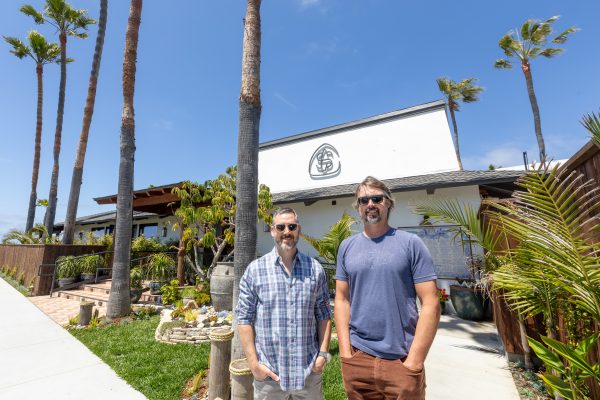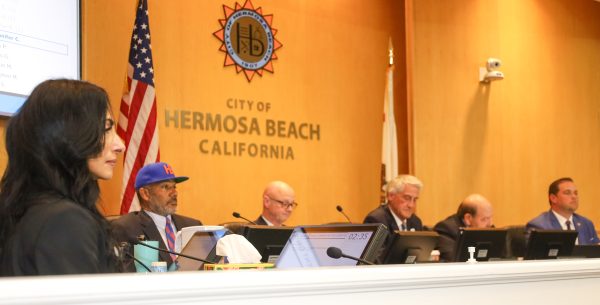
The governor’s executive order to reduce water consumption by a quarter has put California’s drought front and center.
But Manhattan Beach has actually been reducing its use over the past six years, when the city enacted an ordinance in response to an earlier drought.
“You have been doing exceptionally well—far better than most cities in Southern California,” Raul Saenz, the city’s utilities manager, told residents at a community meeting on the drought Tuesday night.
The city has already met the 20 percent reduction ordered for 2020 by the state in 2009.
In fact, because residents have been so proactive, the city is getting the short end of the stick when it comes to the new state-mandated reduction goals.
Over the past six years, the city has reduced consumption by 20 percent, according to Saenz. The biggest changes came first, causing the most dramatic drops. But the period for the baseline measurement chosen by the state, July through September 2014, is more recent, meaning the city will have to cut back another 20 percent.
“The governor decided we had to start some place,” said Saenz in an interview last week. “He recognizes that some entities, like Manhattan Beach, will bear the brunt. We’re really disappointed, but not completely overwhelmed.”
Public Works Director Tony Olmos originally announced a goal of twenty-four percent. That was a rough estimate, Saenz said, and the new goal is more accurate.
Saenz is confident that the city will meet the goal.
“We expect the community to respond,” he said. “They did the first time with minimal input and prodding from us.”
Some attendees at the meeting bristled at the perceived unfairness — especially when the fines were mentioned.
One woman said she’d already reduced her consumption by half and so would ask for an exemption from the new cuts.
Environmental Programs Manager Sona Coffee clarified that “the goal is city-wide, not per household.”
“You’ve done a great job,” she said. “We’re not going to ask you to cut back more.”
The state has required cities to impose fines. When an audience member asked where the money would go, Saenz said he couldn’t say. Olmos spoke up.
“That’s not our goal, to raise money,” he said. “Our goal is not to penalize people. We don’t want to.”
People violating the restrictions will first get a notice and five days to correct their offense. After that, they will get a fine of $100 for the first violation, $200 for the second and $500 for the third.
Olmos said that the 20 percent reduction goal wasn’t set in stone.
“We’re going to track progress every month,” he said.
Based on the community’s performance, they might ease or increase the restrictions, he said. ER











